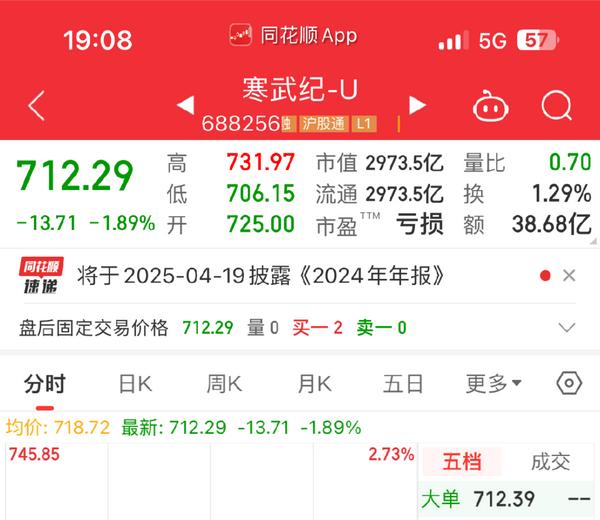The AI-Driven Stock Market Bubble in US Equities
In 2024, major US stock indices have seen remarkable gains, with the S&P 500 up 23.31%, driven largely by the ‘Magnificent Seven’ tech giants. This surge, coupled with high P/E ratios and AI speculation, has raised bubble concerns.

The US stock market’s extraordinary performance in 2024 has sparked intense debate about the existence and extent of a potential bubble. At the heart of this discussion is the remarkable performance of the “Magnificent Seven” - Apple, NVIDIA, Microsoft, Google, Amazon, Meta, and Tesla - which collectively account for an unprecedented 34% of market weight, the highest concentration in 40 years.
Several key indicators suggest significant market froth. The S&P 500’s price-to-earnings ratio has climbed to approximately 30, meaning investors are willing to pay $30 for every dollar of corporate earnings. This valuation level exceeds both the 2000 dot-com bubble peak and the pre-Great Depression era, according to the Buffett Indicator (total market cap to GDP ratio).
However, the nature of this potential bubble differs from previous market excesses. Today’s market leaders are highly profitable companies with dominant market positions and strong growth prospects, particularly in artificial intelligence. For instance, NVIDIA has seen extraordinary gains driven by genuine AI-related revenue growth, unlike the speculative companies of the dot-com era.
The speculative fervor is perhaps most evident in smaller, innovative companies. Firms like Genedx (WGS) and Bright Minds Biosciences (DRUG) have seen their stock prices surge by 2,790% and 2,710% respectively. Quantum computing companies like QUBT and RGTI have also experienced massive gains, highlighting the market’s appetite for next-generation technologies.
The current market environment has been shaped by several key factors. Anticipated Federal Reserve interest rate cuts in 2025 have fueled optimism. Foreign investors hold approximately one-third of US equities, demonstrating global confidence in American markets despite high valuations. The combination of strong corporate profits, technological innovation, and monetary policy expectations has created a self-reinforcing cycle of investor optimism.
Yet warning signs persist. Market concentration in a handful of companies creates systemic risks. The disparity between stock price appreciation and underlying earnings growth suggests unsustainable expectations. The broader economic environment shows signs of slowing, even as equity valuations continue to climb.
For global investors, particularly those reading from outside the United States, it’s worth noting that despite these concerns, US markets remain the world’s most regulated and transparent. The presence of world-leading companies and strong institutional frameworks continues to attract global capital, even at elevated valuations.
The real question may not be whether a bubble exists, but rather its potential magnitude and timing of any correction. Current estimates from market analysts suggest overvaluation of 20-25%, though this could be absorbed through corporate earnings growth rather than price declines. The market’s fate likely hinges on the trajectory of interest rates, AI technology development, and the broader macroeconomic environment.